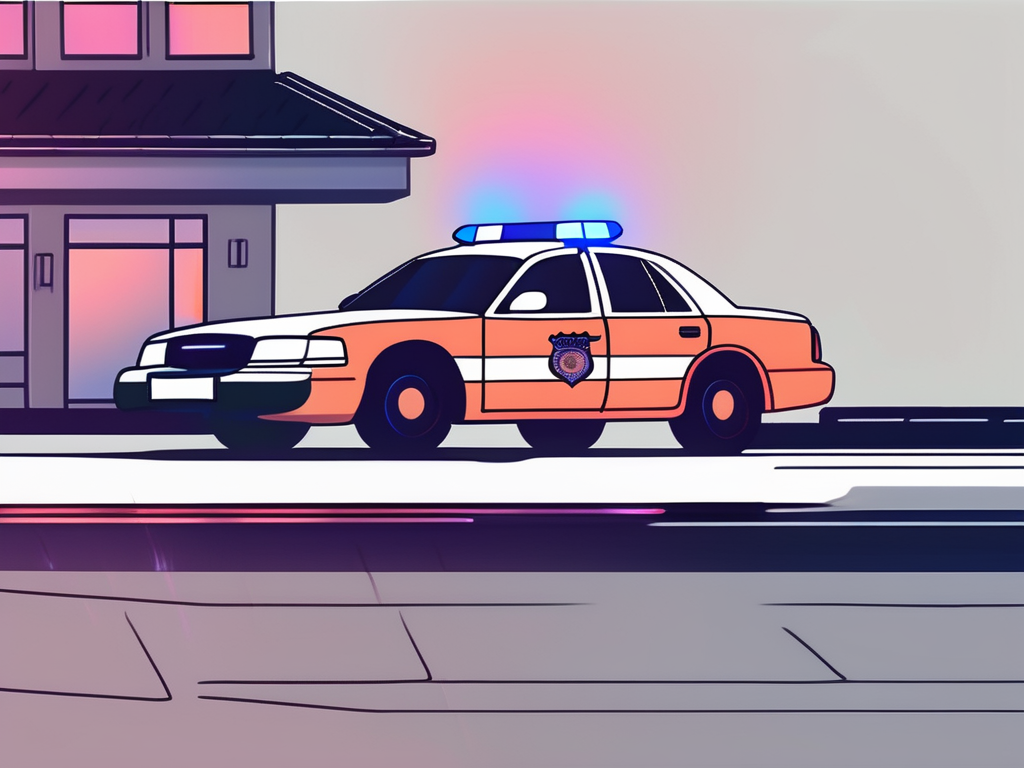
The question of whether underglow on a car is illegal is one that has sparked much debate among car enthusiasts and law enforcement agencies alike. The answer isn’t as straightforward as one might think, as it largely depends on various factors such as the specific laws in your area, the color of the underglow, and how it’s used. In this comprehensive guide, we will delve into the legality of underglow on cars, exploring the different laws across various regions, the reasons behind these laws, and the potential consequences of non-compliance.
Understanding Underglow
Before we delve into the legality of underglow, it’s important to first understand what it is. Underglow, also known as ground effects lighting, refers to the use of neon or LED lights mounted underneath a car to create a glow effect. This car modification trend has gained popularity over the years, particularly among car enthusiasts looking to add a unique aesthetic touch to their vehicles.
Underglow lights come in a variety of colors and can be static or pulsating. Some car owners even install systems that allow the lights to change color or pulse in sync with music. While underglow can certainly add a cool factor to any car, it’s crucial to understand the legal implications before installing these lights on your vehicle.
Legality of Underglow by Region
The legality of underglow on cars varies greatly from one region to another. In some areas, underglow is completely legal, while in others, it’s illegal. There are also regions where the legality of underglow depends on certain factors such as the color of the lights or when and how they’re used.
Let’s take a closer look at the underglow laws in different regions.
United States
In the United States, underglow laws vary from state to state. Some states, like California, have strict laws against the use of underglow, while others, like Arizona, are more lenient. In general, most states prohibit the use of red and blue underglow lights while the vehicle is in motion, as these colors are typically associated with emergency vehicles.
It’s also worth noting that in many states, it’s not just the use of underglow that’s regulated, but also the sale and installation. Therefore, even if you’re not planning to use the underglow lights while driving, simply having them installed on your car could potentially get you in trouble with the law.
Canada
In Canada, the laws regarding underglow are similar to those in the United States. The use of underglow is generally prohibited while the vehicle is in motion, particularly if the lights are red or blue. However, the specific laws can vary from province to province, so it’s important to check with local law enforcement or transportation agencies before installing underglow on your car.
Like in the United States, the sale and installation of underglow lights can also be regulated in Canada. Therefore, even if you only plan to use the lights while your car is parked, you could still potentially face legal consequences for simply having them installed.
Reasons Behind Underglow Laws
Now that we’ve covered the legality of underglow in different regions, you might be wondering why these laws exist in the first place. The main reason is safety. Underglow lights can be distracting to other drivers, potentially leading to accidents. They can also be mistaken for emergency vehicle lights, causing confusion on the road.
Furthermore, underglow lights can be used to draw attention to a vehicle, which can be seen as a form of exhibitionism. This can be particularly problematic in residential areas where bright, flashing lights can be disruptive.
Consequences of Non-Compliance
If you’re caught using underglow lights in a region where they’re illegal, you could face a variety of consequences. These can range from a simple warning or fine to more serious penalties like having your vehicle impounded or even facing criminal charges.
It’s also worth noting that having underglow lights on your car could potentially affect your insurance. Some insurance companies may refuse to cover a vehicle with illegal modifications, or they may charge higher premiums.
Conclusion
While underglow can certainly add a unique aesthetic touch to any car, it’s crucial to understand the legal implications before installing these lights on your vehicle. The legality of underglow varies greatly from one region to another, and even within regions, the laws can be quite complex. Therefore, it’s always a good idea to check with local law enforcement or transportation agencies before installing underglow on your car.
Remember, safety should always be your top priority when it comes to car modifications. While underglow lights can look cool, they can also be distracting and potentially dangerous. So, before you decide to install underglow on your car, make sure you fully understand the potential risks and legal implications.